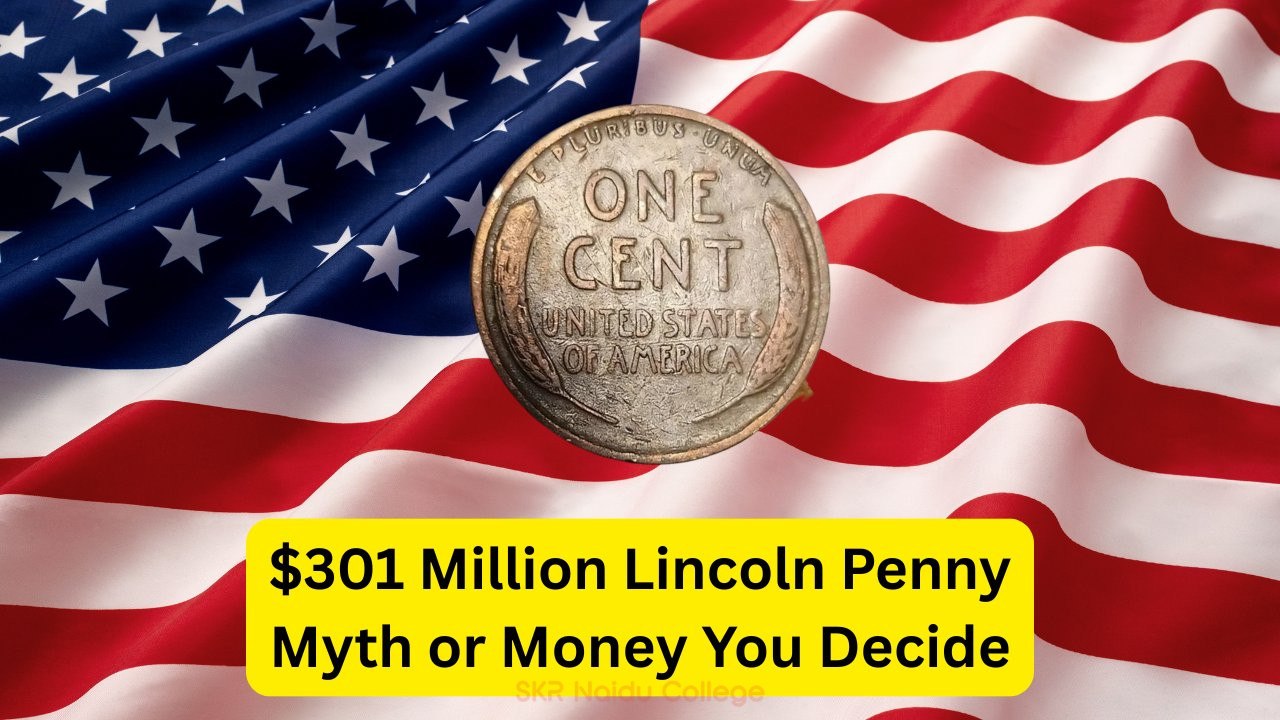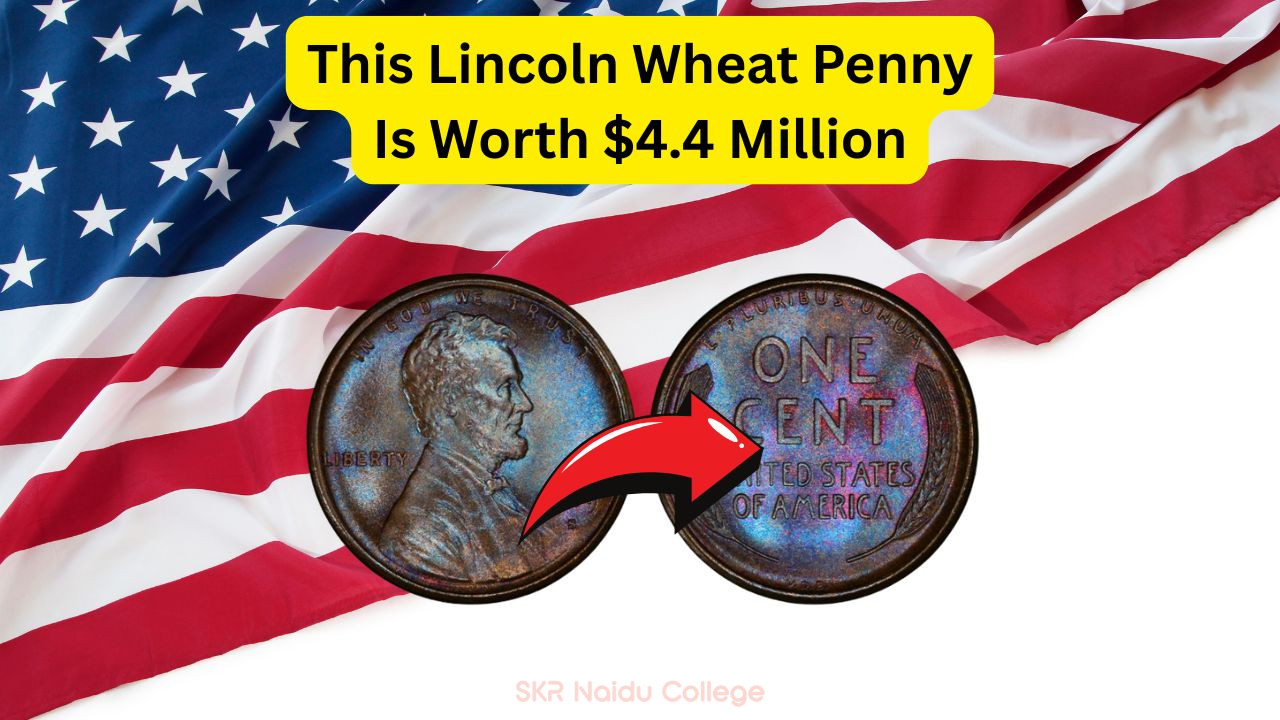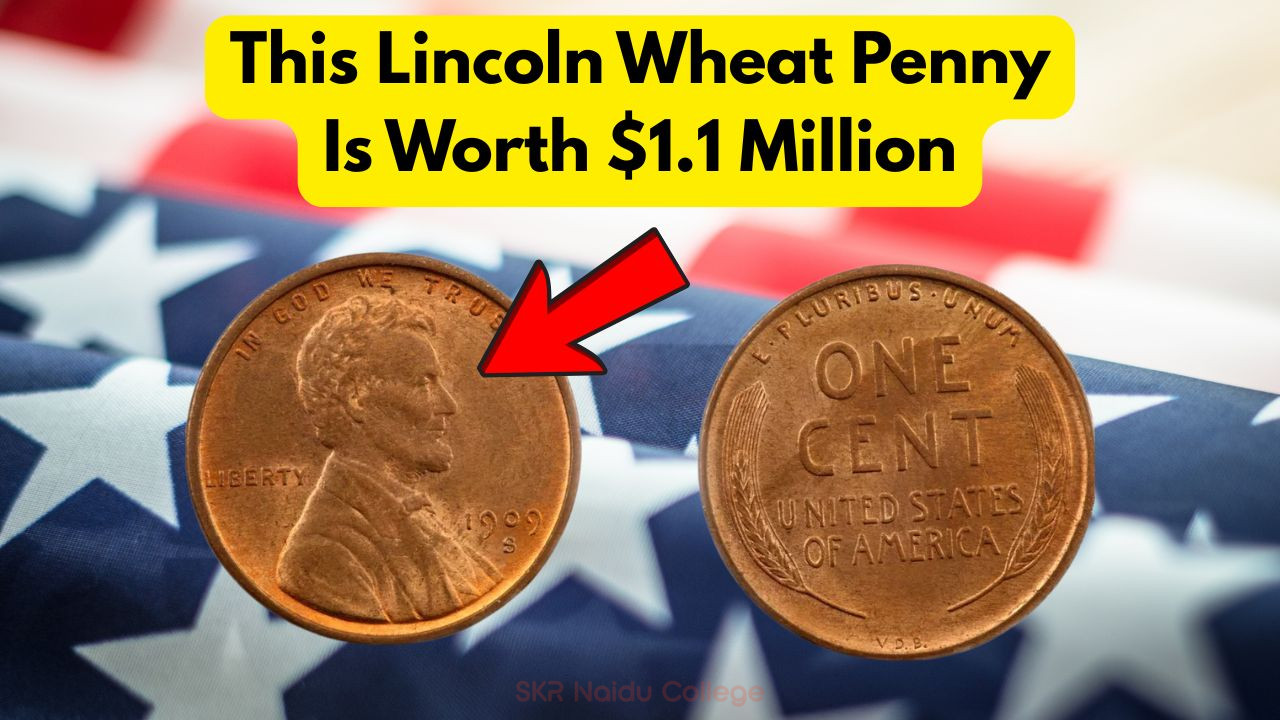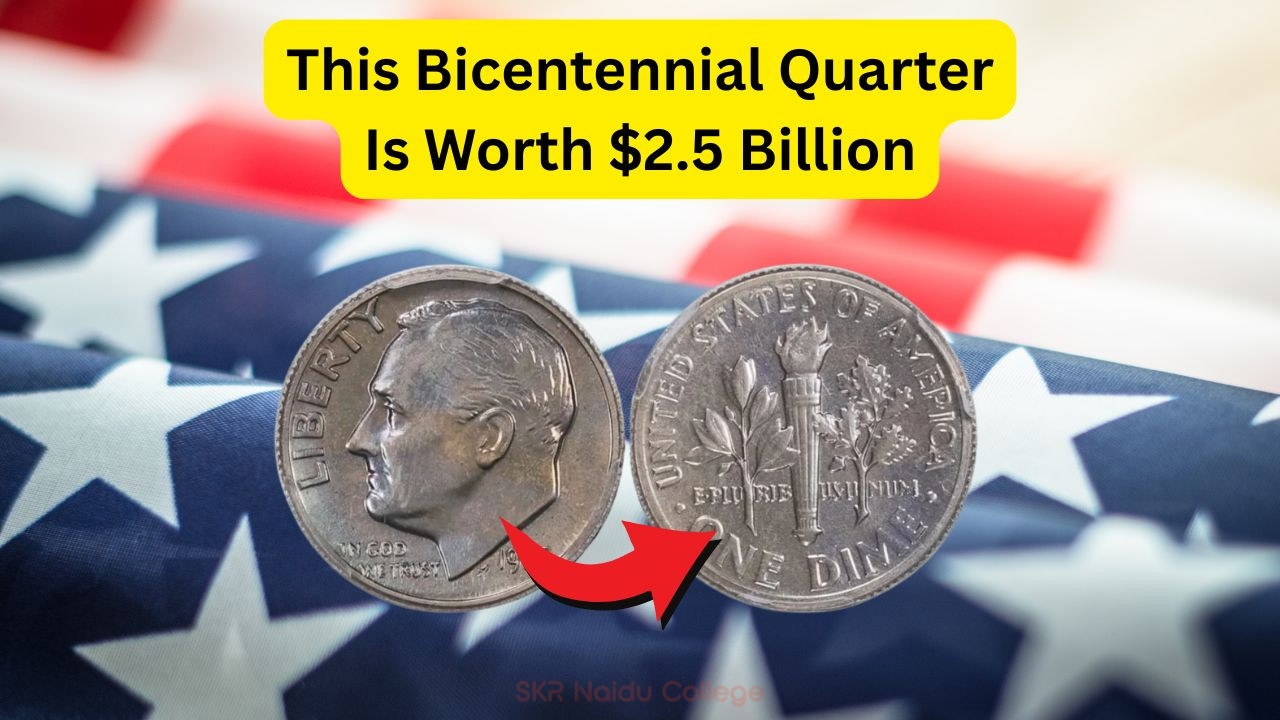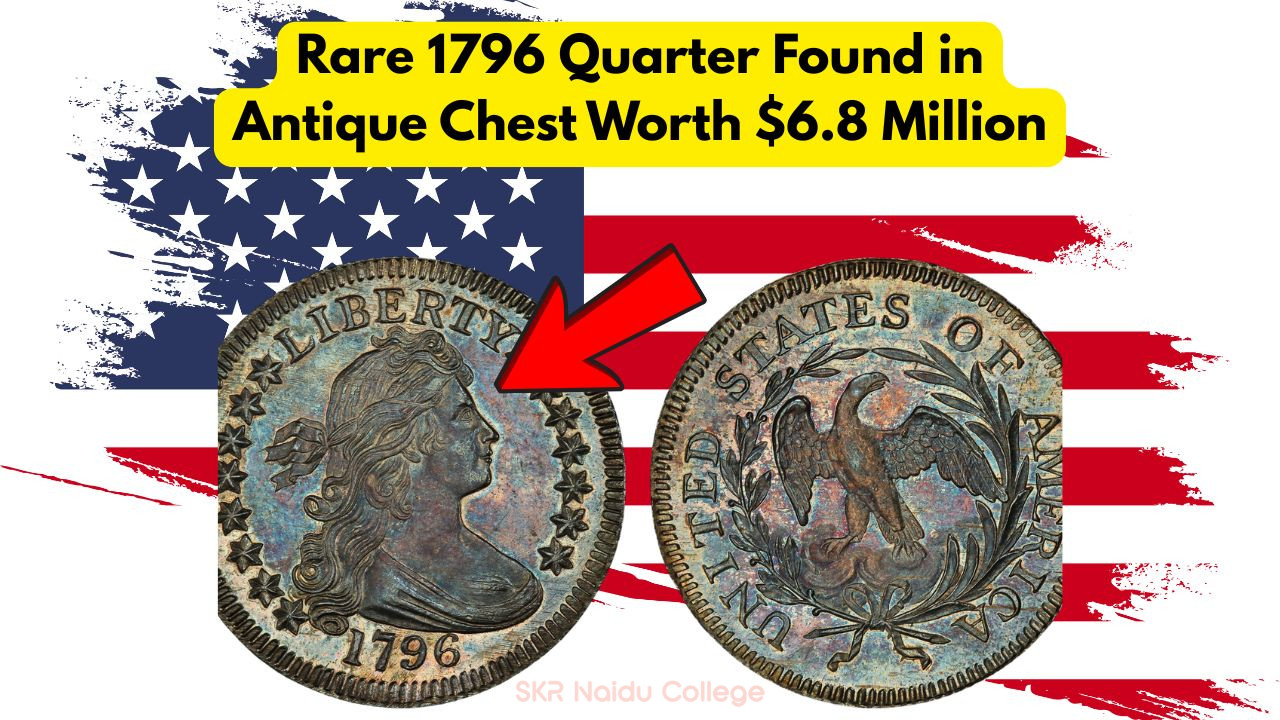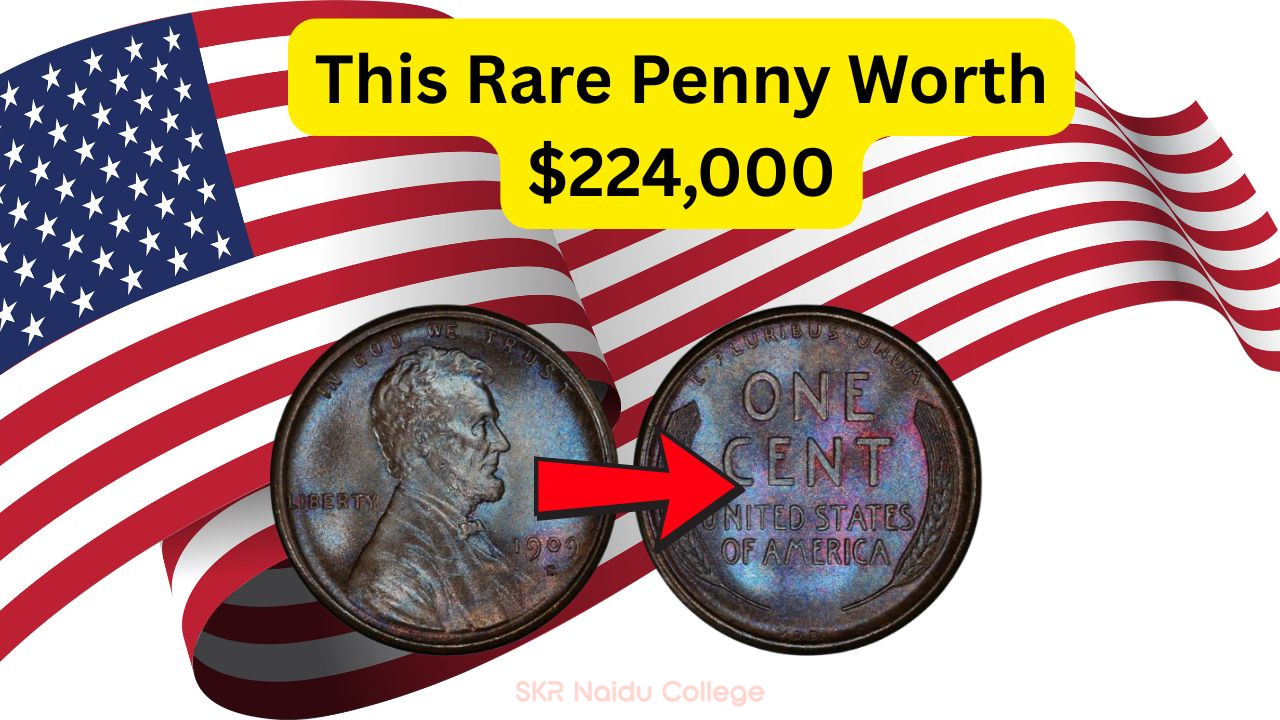Lincoln Wheat Penny Worth $301 Million: The legendary tale surrounding the Lincoln Wheat Penny has intrigued numismatists and collectors alike for decades. With its storied past and iconic design, this coin continues to captivate those in the world of numismatics. But what makes this particular penny potentially worth a staggering $301 million, and is it really still out there waiting to be found?
The History of the Lincoln Wheat Penny
The Lincoln Wheat Penny, first minted in 1909, holds a special place in American coinage history. Designed by Victor David Brenner, the penny was introduced to mark the centennial of Abraham Lincoln’s birth. The coin’s obverse features the enduring profile of Lincoln, while the reverse showcases two stylized wheat stalks, symbolizing prosperity and growth. This design was used until 1958, making it a favorite among collectors.
- The coin was initially met with mixed reactions due to its new design.
- President Theodore Roosevelt played a significant role in its creation, wanting a coin that honored Lincoln.
- The 1909-S VDB is one of the most sought-after versions, with only 484,000 minted.
- Collectors often seek pennies in mint condition for higher value.
- The coin’s material composition has changed over the years, affecting its value.
- Rare editions can fetch thousands at auctions.
- Its historical significance adds to its allure and value.
Why Could It Be Worth $301 Million?
The staggering valuation of $301 million for a single Lincoln Wheat Penny can be attributed to several factors. First, rarity plays a crucial role. The scarcity of certain editions, such as the 1943 copper penny, which was mistakenly minted in copper instead of steel, has driven collectors to spend fortunes to acquire them. Additionally, the penny’s condition, provenance, and historical significance greatly influence its valuation.
| Year | Mint | Condition | Value | Rarity | Material | Special Notes |
|---|---|---|---|---|---|---|
| 1909 | VDB | Mint | $10,000 | Common | Copper | First edition |
| 1909 | S VDB | Mint | $100,000 | Rare | Copper | Limited mintage |
| 1943 | Copper | Mint | $300,000 | Ultra Rare | Copper | Error coin |
| 1955 | Double Die | Mint | $1,000 | Uncommon | Copper | Double stamping |
| 1944 | Steel | Mint | $75,000 | Very Rare | Steel | Post-war transition |
| 1922 | No D | Mint | $30,000 | Rare | Copper | Missing mint mark |
| 1914 | D | Mint | $150,000 | Rare | Copper | Low mintage |
The Hunt for the $301 Million Penny
The search for the elusive Lincoln Wheat Penny worth $301 million is akin to a modern-day treasure hunt. Enthusiasts scour flea markets, estate sales, and their own collections in hopes of stumbling upon this coin. The allure of finding such a valuable piece fuels a vibrant community of collectors and hobbyists, each with stories of near-misses and small victories.
- Dedicated forums and online communities discuss potential finds.
- Seasoned collectors often share tips on where to look for rare coins.
- Local coin shows and conventions are hotspots for potential discoveries.
- Appraisals and valuations can help determine a coin’s worth.
- Professional grading services authenticate and certify rare finds.
Famous Discoveries and Auctions
Throughout history, several Lincoln Wheat Pennies have captured headlines with their auction results. The 1943 copper penny, for instance, made news when it sold for a record-breaking sum at auction. Such sales not only highlight the coin’s potential value but also ignite interest among new collectors eager to join the hunt.
- Auction houses like Heritage Auctions frequently feature rare pennies.
- Online platforms like eBay can also host significant sales.
- Private collectors sometimes sell their prized coins at exclusive events.
- The story behind a coin can enhance its appeal and value.
- Some coins are passed down through generations, adding to their mystique.
- Auctions often attract international bidders, driving up prices.
- Collectors should verify the authenticity before bidding on high-value items.
How to Start Your Penny Collection
For those new to coin collecting, starting a penny collection can be both exciting and rewarding. Begin by educating yourself about different editions and their respective values. Joining local coin clubs or online forums can provide valuable insights and help you connect with fellow collectors. It’s also crucial to learn the basics of coin grading, as this will assist in evaluating the condition and worth of your finds.
- Research: Start by reading books and online resources about coin collecting.
- Networking: Join clubs and forums to learn from experienced collectors.
- Invest in a magnifying glass to inspect coins closely.
- Use protective cases to preserve your collection.
- Stay updated on market trends and auction results.
Understanding Coin Grading
| Grade | Description | Value |
|---|---|---|
| MS-70 | Perfect Mint State | Highest |
| MS-65 | Gem Mint State | Very High |
| MS-60 | Mint State | High |
| AU-55 | About Uncirculated | Moderate |
| EF-40 | Extremely Fine | Good |
| VF-30 | Very Fine | Above Average |
| F-12 | Fine | Average |
| G-4 | Good | Low |
Popular Coin Collecting Tools
To enhance your collecting experience, investing in the right tools is essential. These tools not only help in the evaluation of coins but also ensure their preservation. A quality magnifying glass, for instance, can reveal intricate details not visible to the naked eye, while a digital scale can confirm a coin’s authenticity based on its weight.
- Magnifying Glass: Essential for examining details.
- Digital Scale: Verifies coin weight and authenticity.
- Coin Albums: Organizes and protects your collection.
- High-quality gloves prevent oils from damaging coins.
- Reference books provide historical context and valuations.
Resources for Aspiring Collectors
| Resource Type | Name | Description | Focus | Accessibility |
|---|---|---|---|---|
| Book | The Official Red Book | Comprehensive coin guide | U.S. Coins | Available online and in bookstores |
| Website | CoinWorld | News and articles | Global Coins | Free online access |
| Forum | Cointalk | Community discussions | All Coins | Free registration |
| App | PCGS Photograde | Visual grading guide | U.S. Coins | Available on iOS and Android |
The Future of Coin Collecting
The world of coin collecting is constantly evolving, with new technologies and platforms transforming how collectors interact. Digital collections and virtual auctions are becoming more common, offering innovative ways for enthusiasts to engage in their hobby. As the market adapts, the potential for discovering a $301 million penny remains an enticing possibility.
- Digital Platforms: Online auctions and marketplaces expand reach.
- Virtual reality experiences bring historical mints to life.
- Blockchain technology ensures provenance and authenticity.
- Augmented reality apps enhance learning and exploration.
- Social media connects collectors worldwide, fostering community growth.
- AI-driven tools assist in grading and valuation accuracy.
- Global Market: International collectors increase competition and demand.
FAQ: Lincoln Wheat Penny Worth $301 Million
Is the $301 million valuation real?
While it’s more symbolic of the coin’s potential rarity and historical significance, actual auction values have reached hundreds of thousands for rare editions.
What makes a Lincoln Wheat Penny valuable?
Factors include rarity, condition, historical significance, and collector demand. Error coins and limited editions can fetch high prices.
How can I find a rare Lincoln Wheat Penny?
Start by searching through old coin collections, attending auctions, and connecting with other collectors for tips and advice.
What should I do if I find a valuable penny?
Have it appraised by a professional, consider getting it graded, and explore selling options through reputable auction houses or platforms.
Are there still undiscovered rare pennies out there?
Yes, many collectors believe that rare coins remain in circulation or hidden away in private collections, waiting to be discovered.
